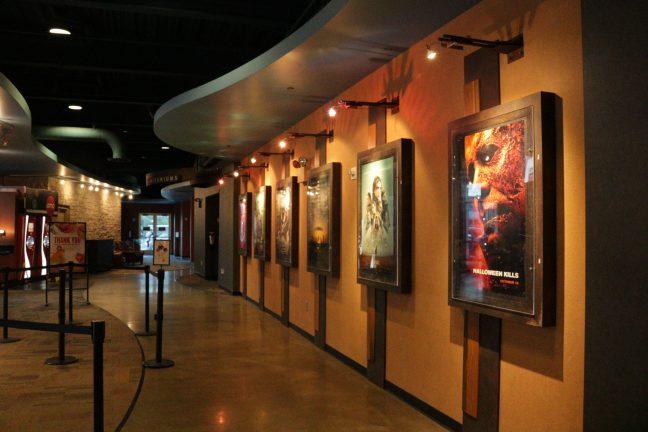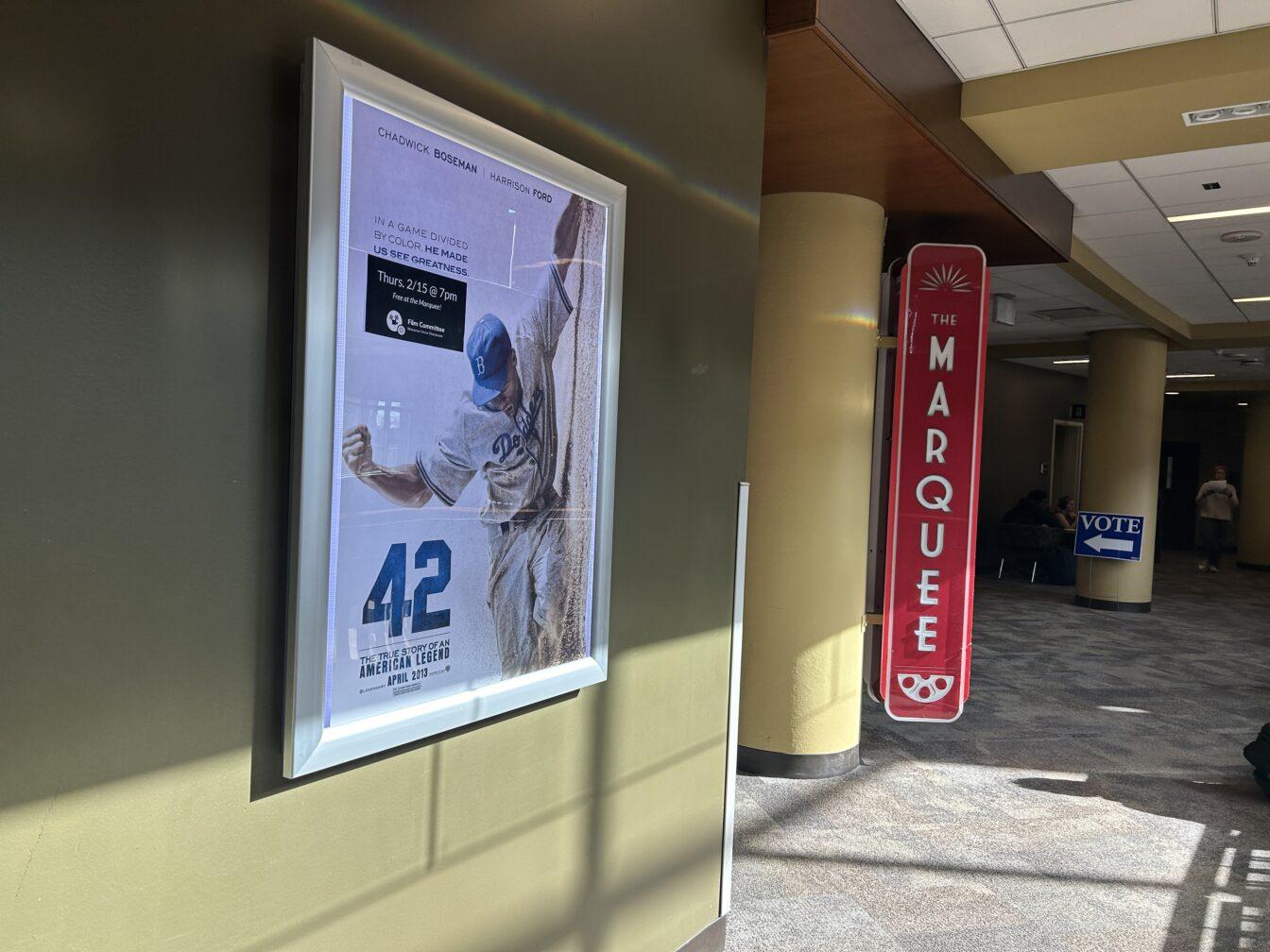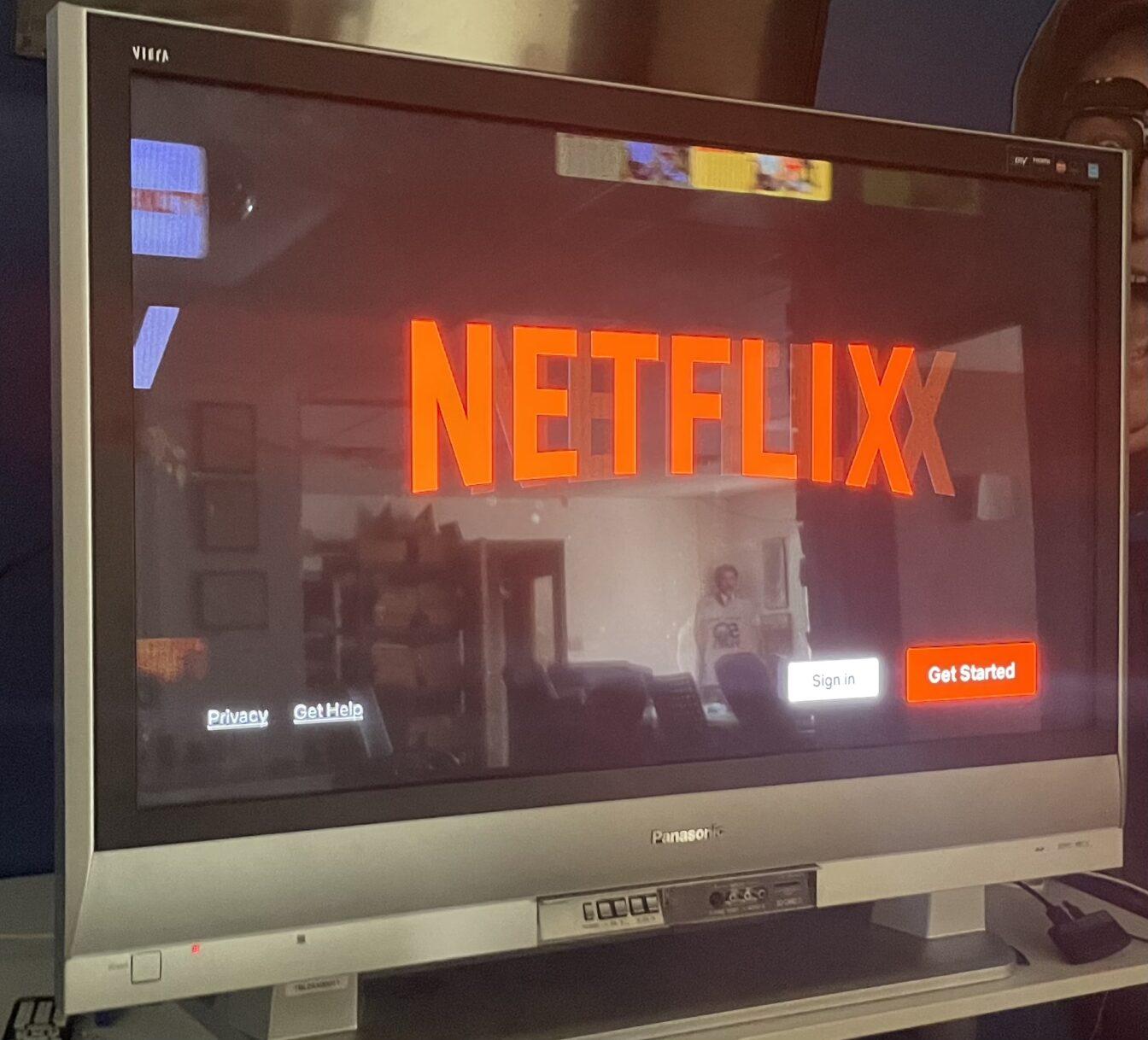The Hindi documentary “Koozhangal” and Tamil film “Writing with Fire” were screened at Vilas Hall at the University of Wisconsin.
A common thread between the documentary “Writing With Fire” and the Tamil Film “Koozhangal” was their spectacular rootedness. “Koozhangal” follows the heated journey of a father and son duo through a village in Tamil Nadu, India, searching for the mother who deserted their home, a consequence of the father’s abuse. On the other side of India in Uttar Pradeh, “Writing with Fire” depicts the journey of a newspaper, Kabar Lahriya, run by a group of Dalit women journalists. While waiting for the screening at a semi-crowded Vilas Hall on a Saturday evening, I had one question in mind — could these stories resonate with Western audiences? The answer was a concrete yes.
The universality of “Koozhangal” could be attributed to its wonderful plainness. The film solely depicts a single afternoon in the lives of a young boy and his abusive, alcoholic father. Koozhangal touches on various issues such as feminism, child abuse and domestic relations. For me, the film was all about heat.
The wonderful cinematography by Vignesh Kumulai and Jeya Parthipan captures the arid landscape, as the father and son make their way across by foot. With the midday sun beating down on them, the characters are loud, uninhibited. This was perhaps commentary by the director, P.S. Vinothraj, that the loud and outspoken Indian household differs from its Western counterpart only because of the heat. What provokes their actions is not internal, but external.
The film, however, similar to most slice of life films, would be perceived as a far more engaging experience by a non-Indian audience. The film, with painstaking detail, illustrates every single component of the duo’s journey — from the harsh vibrations of a government bus to the squealing of rats as their bones were cracked before cooking them. Similar to the likes of Satyajit Ray’s “Pather Panchali,” there is very little obvious plot, only being.
Ironically, “Writing With Fire” — the documentary — was far more entertaining than “Koozhangal.” It was at moments so entertaining I forgot the devastating undertones of the subject. The documentary is about Khabar Lahariya, a newspaper company based in Uttar Pradesh. The newspaper is run by one of the most marginalized communities of Indian society — Dalit women.
The opening scene in which an elderly woman describes, somewhat casually, how she had been raped multiple times by uppercaste men was perhaps one of the most grappling openings of recent documentaries. I thought this would be the prevailing tone for the rest of the documentary, but to my surprise I found a majority of the documentary to be quite endearing.
In one part, the reporters of Khabar Lahariya sit patiently in front of a whiteboard as an instructor teaches them how to use a smartphone. There was an undeniable charm to the film which I felt was reproduced by the audience through their chuckles as they watched the reporters navigate their smartphones, something we take for granted in our society.
This charm was perhaps the greatest strength of the documentary. It would have been incredibly easy — even tempting — for the filmmakers to depict only the struggles of the women. They were victims of rape, sexism, casteism, domestic abuse and more, and the documentary does depict the gruesomeness. The documentary also portrays the other side of the women. In one scene the journalists are followed on an enlightening “Field Trip” to Kashmir where they learn how to ski.
It is easy to overlook such scenes, but I think it is at those moments when the protagonists become three-dimensional. They become tangible individuals who not only we feel sorrow for, but we can truly put ourselves in their perspective. This diverging nature was also perhaps a flaw of the documentary — there were perhaps too many issues the film touched upon as listed above. This, however, could be a possible byproduct of the journalism itself, as the women are forced to investigate across multiple regions and topics.
Both “Writing with Fire” and “Koozhangal” were India’s official submissions to the Academy Awards. It is ironic that India specifically decided these stories would resonate with Western audiences, but those who experienced these charming films were limited to film festival attendees. The Cinematheque of UW should be thoroughly thanked for this specific reason. They are providing an opportunity for us, common individuals, to visualize the perspective of individuals from literally across the globe.














